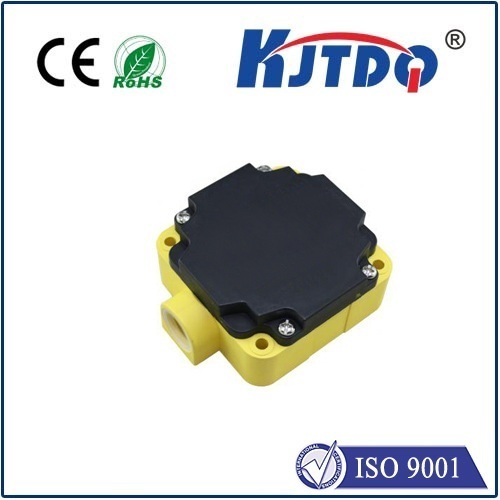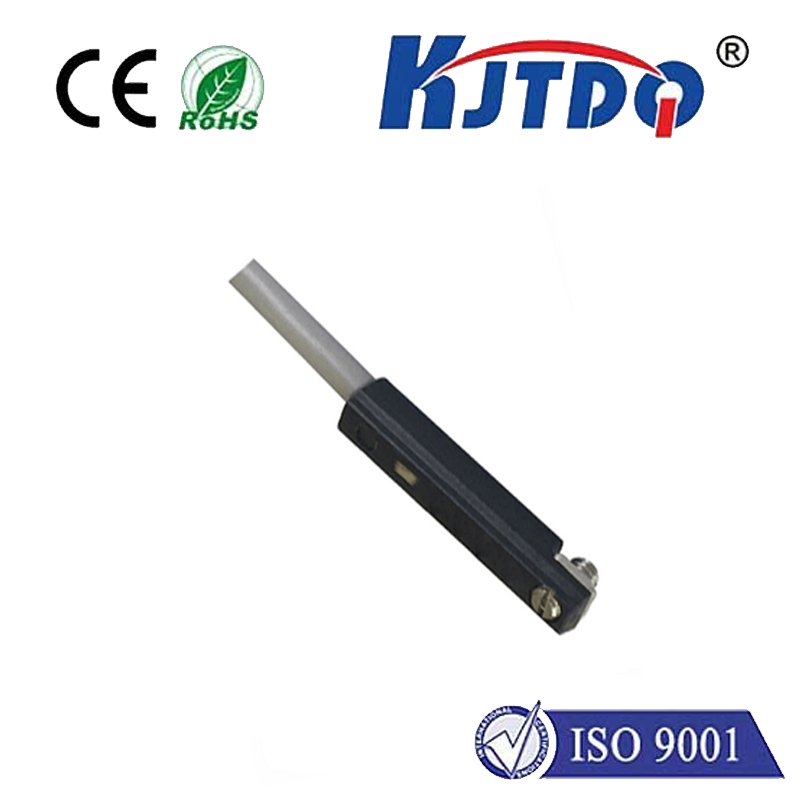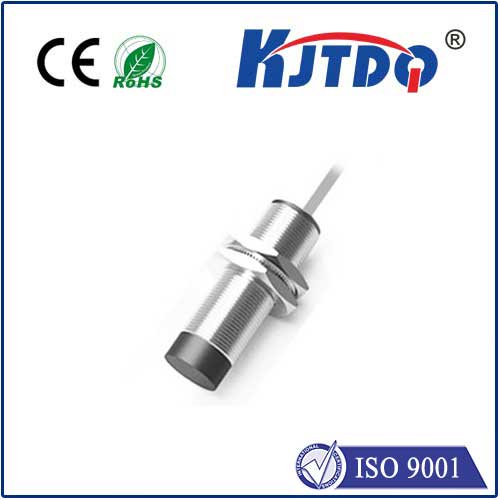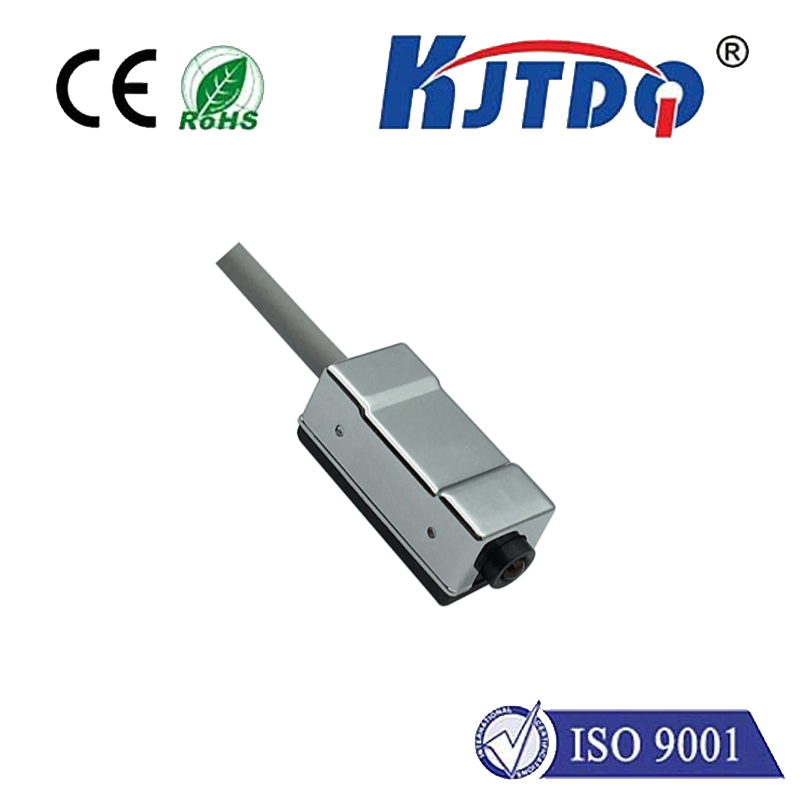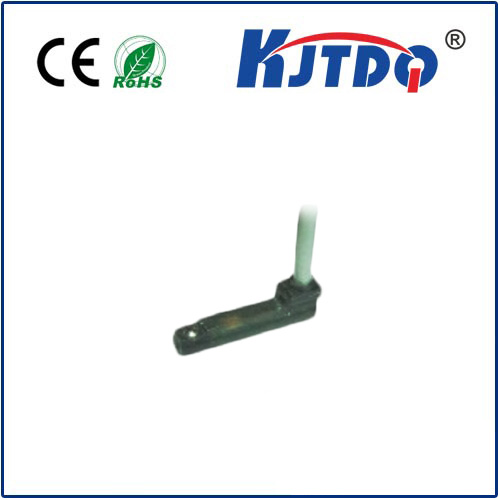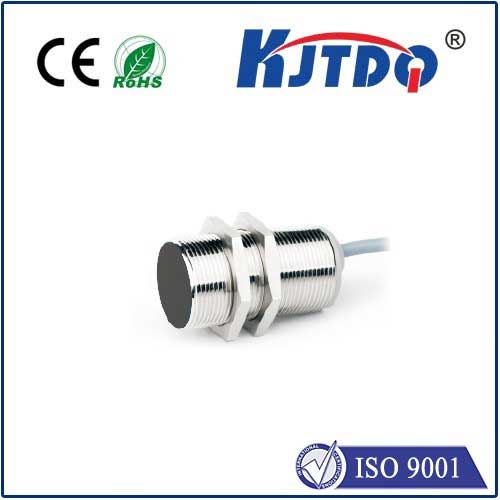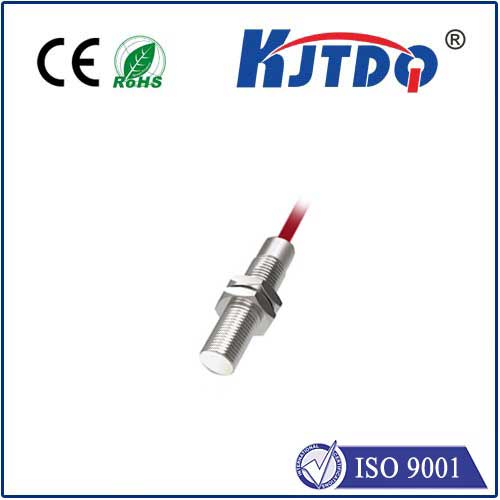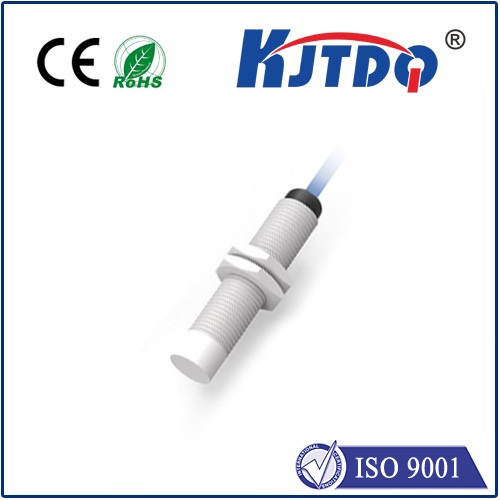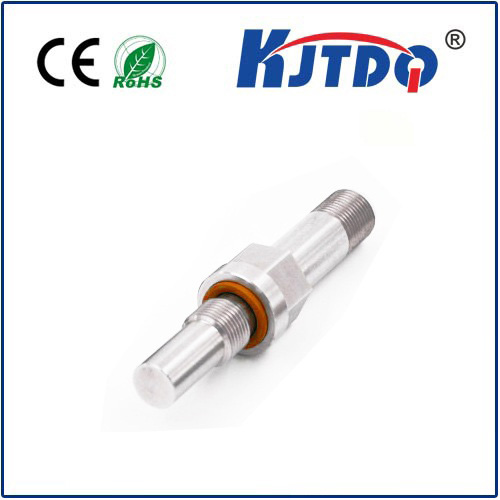

check

check

check

check

check

check

check

check

check

check
Title: Understanding the Role of Temp Limit Switches in Industrial Applications
Introduction
In today's industrial landscape, the role of temperature control systems cannot be overstated. One critical component that ensures precise temperature regulation is the temp limit switch. This article aims to demystify the function and importance of temp limit switches in various industrial applications.
What Is a Temp Limit Switch?
A temp limit switch is an electrical device designed to monitor and control the temperature within industrial systems. It serves as a safety mechanism that prevents equipment from overheating or operating below the desired temperature threshold. When the temperature reaches a predefined set point, the switch activates or deactivates to maintain the required conditions for optimal system performance.

Types of Temp Limit Switches
There are primarily two types of temp limit switches: mechanical and electronic. Mechanical switches rely on physical expansion or contraction of materials due to temperature changes, while electronic switches use sensors like thermocouples or RTDs (Resistance Temperature Detectors) to detect temperature variations and trigger the switch action accordingly.
Importance of Temp Limit Switches in Industrial Applications
The significance of temp limit switches lies in their ability to protect machinery and processes from thermal damage. They are instrumental in preventing accidents, reducing downtime, and ensuring product quality by maintaining consistent temperatures during manufacturing processes. For instance, in HVAC systems, temp limit switches regulate heating and cooling cycles to provide comfortable indoor environments. In industrial furnaces, they ensure that temperatures do not exceed safe limits, preventing potential fires or equipment failure.
Choosing the Right Temp Limit Switch
Selecting an appropriate temp limit switch depends on various factors such as the type of application, required accuracy, environmental conditions, and budget constraints. Manufacturers offer a wide range of temp limit switches tailored to specific needs, including models suitable for high-temperature environments, corrosive atmospheres, and food-grade applications.
Installation and Maintenance
Proper installation and regular maintenance are crucial for the effective functioning of temp limit switches. Installation should follow manufacturer guidelines and consider factors such as accessibility for inspection and maintenance. Routine checks should include verifying the correct operation of the switch, cleaning any debris that might affect its accuracy, and replacing worn-out components if necessary.
Conclusion
In conclusion, temp limit switches play a vital role in maintaining temperature control across diverse industrial settings. By understanding their function, selecting the right type for specific applications, and adhering to proper installation and maintenance practices, businesses can maximize efficiency, enhance safety, and extend the lifespan of their equipment. As technology advances, so too will the development of more sophisticated temp limit switches, further contributing to the growth and innovation in industrial processes.
